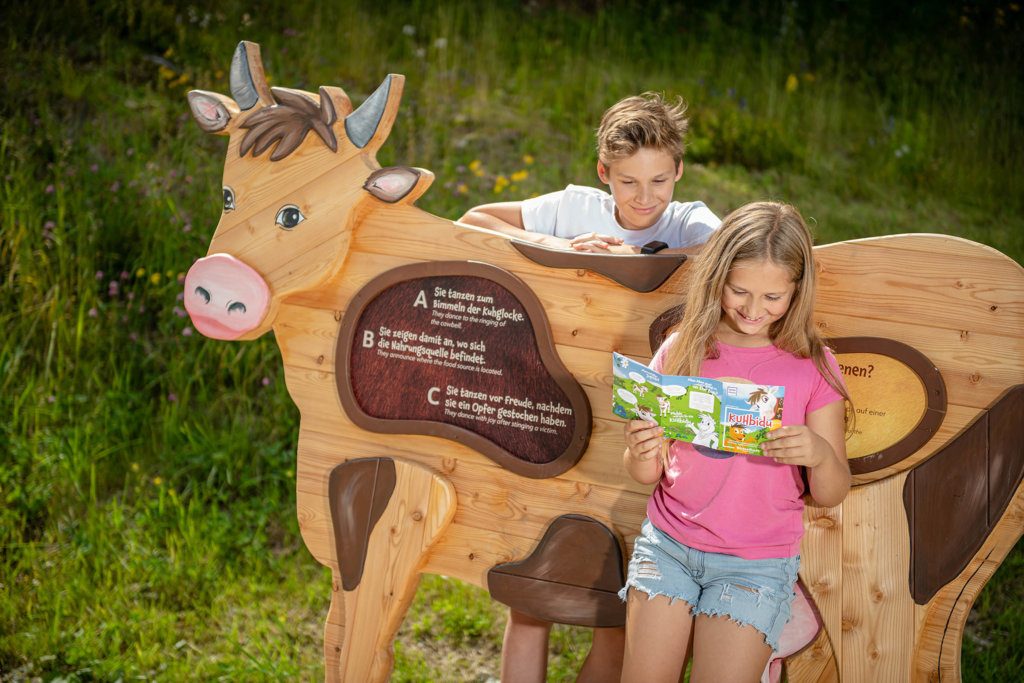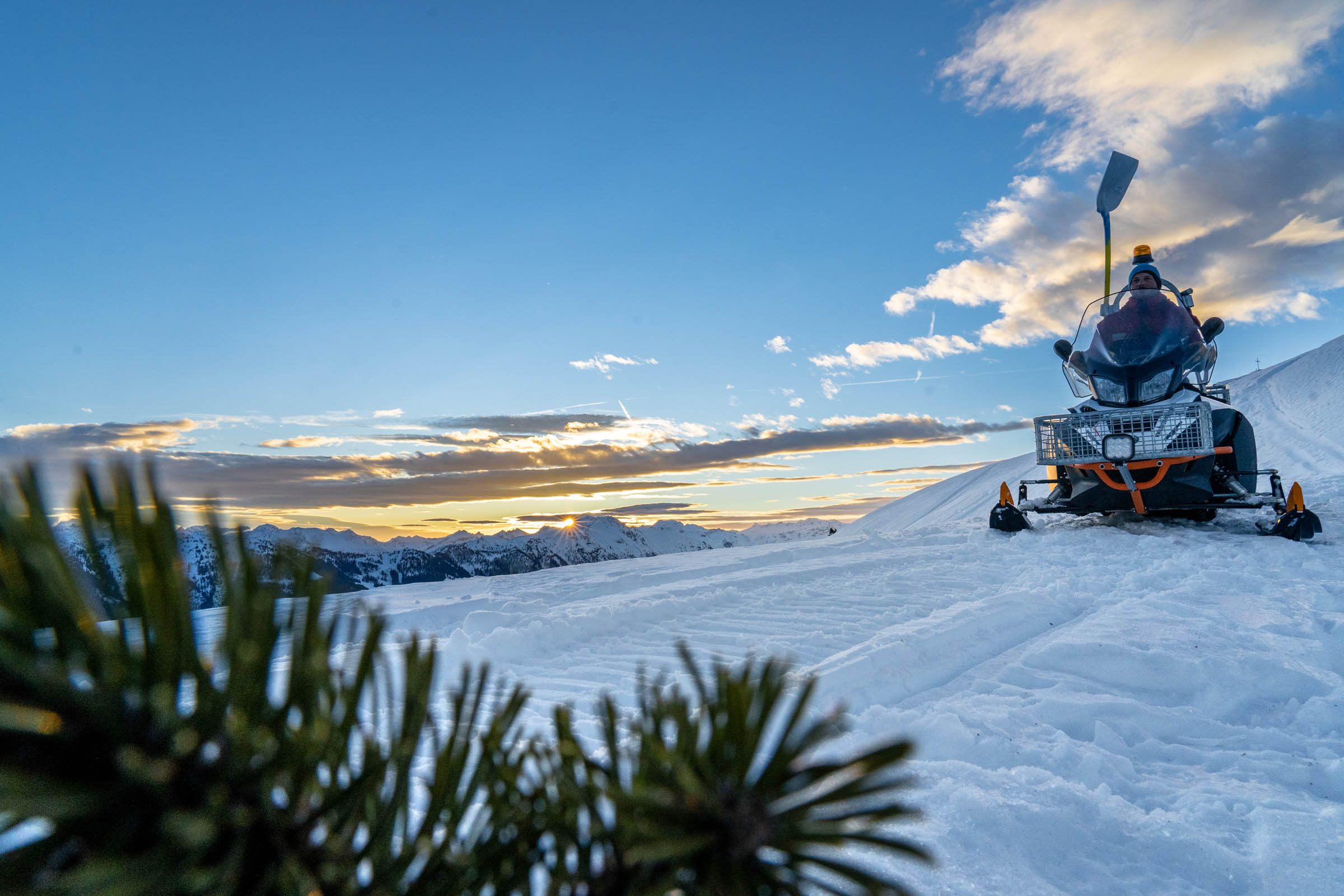Snowmaking, piste preparation and management of the ski slopes
We invest a lot of work, technology and know-how so that you can glide down our perfectly groomed ski slopes. Closely linked to this is the call for sustainability. One thing is important to know: The modernity of the snowmaking systems play a major role in this context. A modern snow-making system is at the same time an efficient, i.e. resource-saving and thus sustainable snow-making system. That is why we have invested in the modernisation of the snowmaking system in the last two winter seasons.
Here is a simplified summary of what a sustainable snowmaking process looks like.
Sustainable snowmaking and preparation
Machine snowmaking and piste preparation are different components, which are closely interconnected in one system:
The energy required to operate the snowmaking system is covered by 100% green electricity and does not cause any CO2 emissions. There is still potential for savings with the piste equipment, which is currently powered by diesel, as the result of the CO2 balance shows.
Snowmaking procedure
- Technically produced snow, so-called “artificial snow”, consists exclusively of water and air. According to the Salzburg Purity Law, the water must be of drinking water quality. We produce this by irradiating the water with UVB light.
- The water for this procedure comes from the storage ponds, which store the run-off meltwater from the previous year. The necessary residual amounts come from the Enns and the Kleinarler Ache. The Pongau is a water-abundant region, i.e. there is more water available than is used.
- The water is pumped from the storage ponds into cooling towers. A water pump blows the water up these, and then it drips down the other side in the form of small particles. This cools the water.
- The cooled water is transported through underground pipes to the snow gun or snow lance.
- There, the snow machine mixes the water with compressed air and ejects it. The snow crystals are formed during the ejection process.
Piste preparation procedure
- The snow groomers distribute the technically produced snow and mix it with the existing snow layer. They are equipped with a digital snow height measurement system. A built-in GPS measures the position of the snow groomer, compares it with a stored topographic map and can thus determine the height of the snow cover.
- The piste machine reports the data obtained back to the control centre of the snowmaking machine, so that it can in turn determine how much snow is still needed for a sufficiently thick snow cover. Unnecessary overproduction is thus avoided.
- Based on the data, the piste machine operator knows where snow is missing on the piste and where there is already enough snow. This ensures efficient snowmaking, and the resources of water and energy are used carefully.
- All these processes are controlled by a complex snow-making system.
- A sufficiently thick snow cover also protects the underlying ground from damage caused by skiing, e.g. ski edges.
Piste mapping is a scientific investigation of piste areas, in which on the one hand the occurrence of plants and animals is determined (= biodiversity), and on the other hand damage is searched for. Piste mapping is an important project in the course of our 3-pillar model.
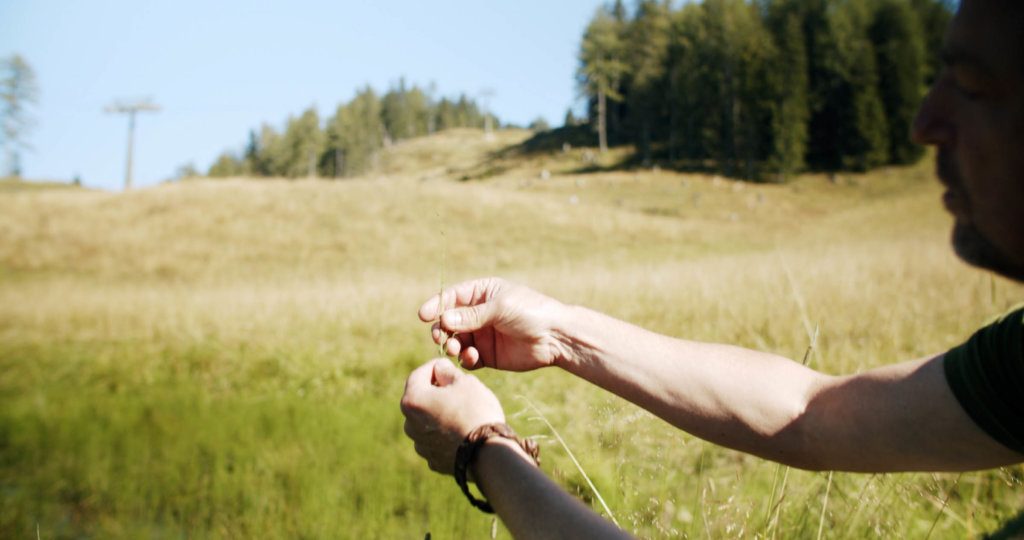
Results of piste mapping in the Flachau ski area section
Under the direction of Prof. Pröbstl-Haider, employees of the Institute for Ecological Research mapped a piste area in the ski resort of Flachau in summer 2021. They found more than 20 different vegetation communities. A lawn in the front yard has only 6 to 7 plant species in comparison. This is in line with previous research results that show that biodiversity on piste areas is not necessarily restricted. As you can hear for yourself in the interview with Ulrike Pröbstl-Haider, the opposite is often even the case, as on the slopes of Snow Space Salzburg. The piste mapping in the ski area of Flachau also shows that the mechanically caused damage attributable to skiing operations is low. Small-scale topsoil abrasion damage is not problematic for areas showing signs of erosion. On the contrary, they offer plant species the opportunity to settle here.

The Advisory Board: Environment, Climate and Biodiversity will elaborate on the findings from the piste mapping and develop a concept for optimised management. Together with our farmers, we would like to further improve the biodiversity on the piste areas in the coming years.
Expansion of piste mapping to other parts of the ski area
In the coming summer season we will extend the piste mapping to other parts of the ski area. We will also use the mapping as an opportunity to test different forms of management (mulching vs. not mulching, transporting mowed material away vs. leaving it lying, etc.) and to investigate their influence on biodiversity and soil composition. With this knowledge, our landowners and farmers can manage their meadows in the best possible way.
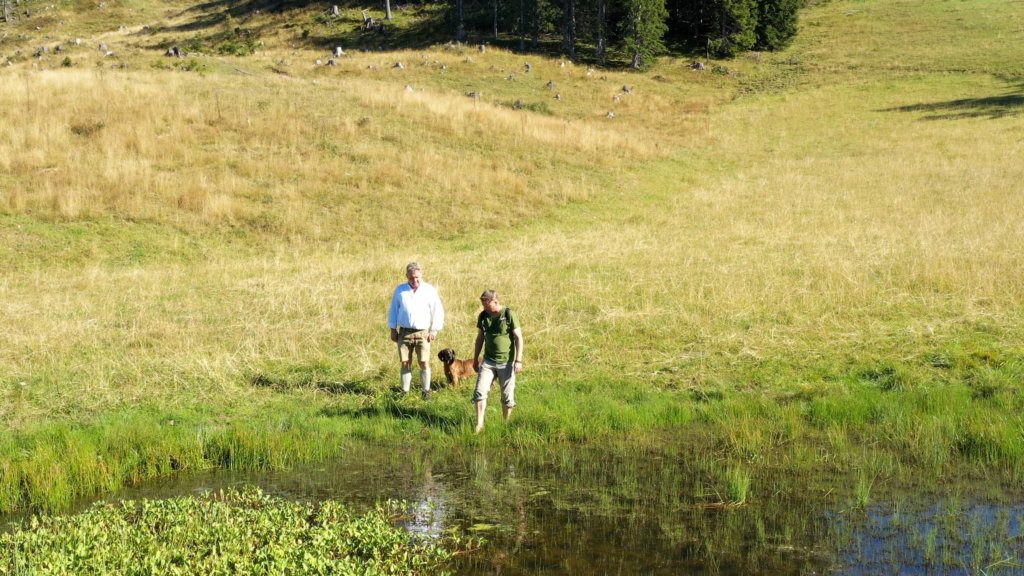
Co-operation between agriculture and cable car companies
Our ski slopes do not belong to us, they belong to the landowners or farmers and foresters. That is why it is important to work closely with them. Only in this way is it possible to create the necessary framework conditions for sustainable skiing operations.
We spoke to Martina Rohrmoser from the Haibenalm in St. Johann – Alpendorf. The interview (in German) illustrates how agriculture, gastronomy and the operation of the cable cars go hand in hand.
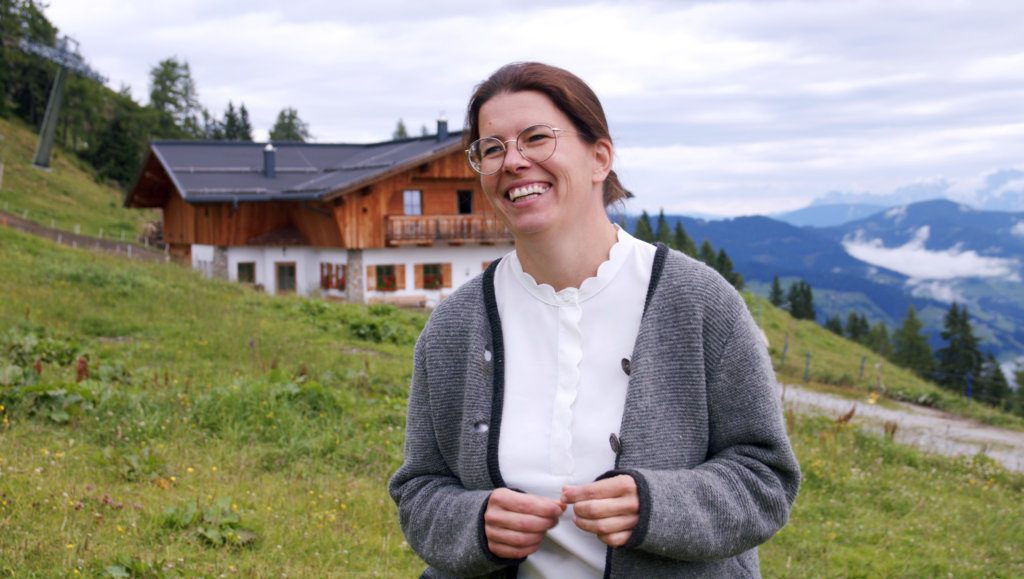
KUHbidu Adventure trail in Wagrain
The cooperation between the cable cars on the one hand and the farmers on the other is particularly important in summer. Here, summer tourism takes place right next to or even in the middle of the farm. Guests can take the cable car up to the mountain where the farmers keep their cows and calves and cultivate the meadows and fields. A lighthouse project that particularly underlines this close relationship is the KUHbidu Adventure trail in Wagrain. On the adventure trail on the Grafenberg, regional dairy and livestock farming is explained to visitors in a simple and understandable way and made tangible.
